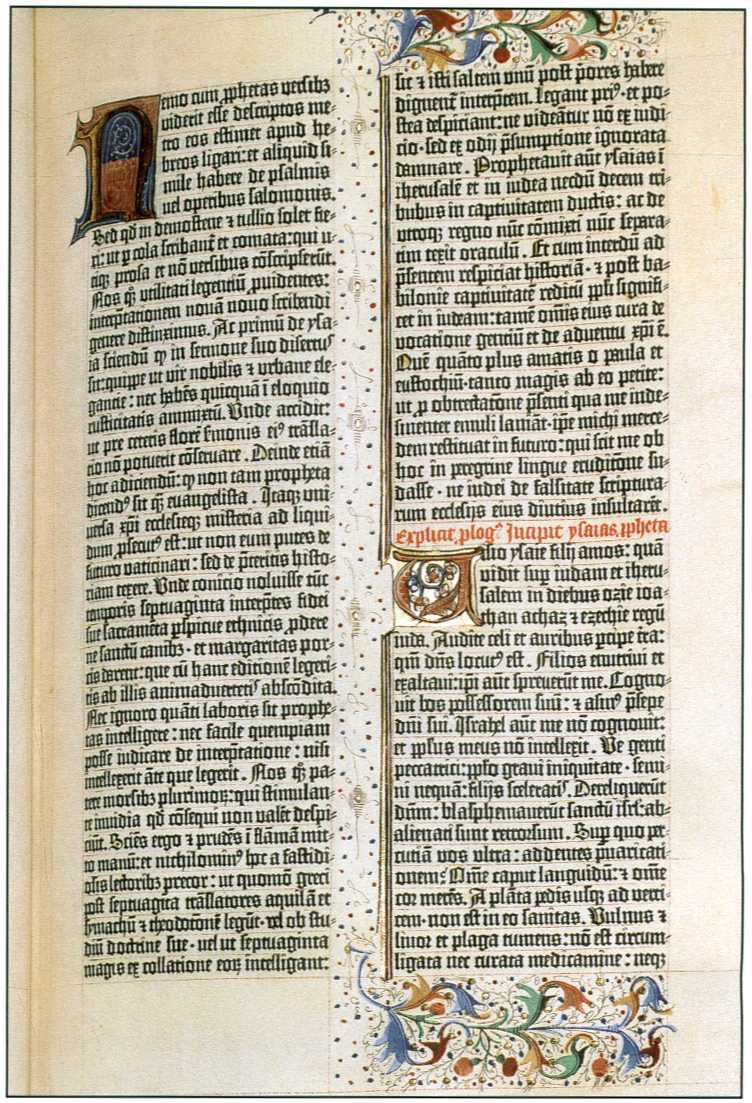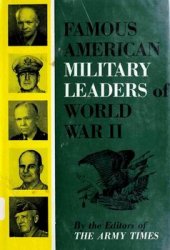Church, but the 14th and 15th centuries saw no such internal reforms. The laity were no less religious than they had been in earlier centuries, but now they sought their salvation through personal spiritual exercises. They joined guilds in their parish that supported charity and funeral services for their members and said prayers for the souls of dead brothers and sisters. They also went on pilgrimages and followed personal devotions that imitated the life of Christ. While much of the wealth that people accumulated in the 15th century did go toward supporting religious projects, their funds were more likely to be given to a parish church and spent on personal devo
Tions than offered to the papacy. Wycliffe and Hus had spoken for the larger laity when they suggested that the Bible rather the pope be a guide rather the pope.
By the 15th century the Bible had been translated into the vernacular languages. The invention of the printing press made the Bible even more available to an increasingly literate laity. The use of paper was perhaps as important as the invention of moveable, metal type. Parchment, a product made from sheepskin, was laborious to prepare and, therefore, very expensive. Paper, which was invented in China, decreased the costs ofbook production because even rags could be used to make it. The use of the printing press (whose design was derived from the wine press) and type also made books cheaper to produce. Johann Gutenberg pubhshed the Bible in about 1455 as one of the first printed books. As printing shops became common, translations of the Bible, grammar books, and works of Hterature soon became available throughout Europe.
Another invention, the cannon, played a decisive role in the fall of the last vestige of the old Roman Empire. In 1453 Constantinople fell to the Ottoman Turks. The Turks had surrounded the city after taking the territory of Asia Minor (modem Turkey) before moving into the Balkans and Greece. Finally, only the great walled city stood as a symbol of the power of the Roman Empire. Using cannons, which had first been experimented with during sieges in the Hundred Years’ War, and other siege engines, the Turks forced the city to surrender, and Constantinople became the Moslem
The Biblia Latina was published about 1455 by Johann Gutenberg and Johan Fust in Mainz, Germany. Gutenberg was a goldsmith who experimented with moveable metal type and a printing press. This Latin Bible was printed on vellum (treated calfskin) rather than paper and was illuminated by hand in the manner of medieval manuscripts.
City of Istanbul. The faU of Constantinople seemed cataclysmic to Europeans, who had regarded themselves as part of the long continuum of Roman traditions and poHtical life. Now this was broken, and a distant power, Muscovy, claimed to be the Third Rome. The new rulers called themselves Caesars, or “tsars” in Russian. The patriarch of Moscow replaced the patriarch of Constantinople as the chief official of the Orthodox Church.
For all the major calamities, there was also an irrepressible feeling of opportunity during the 14th and 15th centuries. The vernacular languages made literature and learning available to a greater number of people, and the printing press allowed more people to own and read books. People exploited new ways of satisfying their desires—some by being more aggressive as traders, others by eating better because there were fewer mouths to feed, or by dressing in more luxurious cloth because it was more readily available. StiU others built larger, more spacious homes.
The emphasis on individual salvation seemed to spill over into the possibihties of individual achievements. Inventions suggested new horizons. Perhaps even the faU of Constantinople suggested a new need to know what was beyond Europe in aU directions. Befitting this climate of curiosity and optimism, the 15th century closed with the beginnings of an age of exploration, including Portuguese explorations around the coast of Africa and the discovery of the continents in the west (the Americas) by Christopher Columbus. Once again, Europe was expanding its horizons as it had done in the 11th century.

Chponology




 World History
World History









